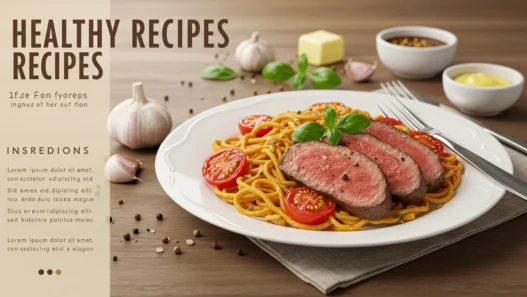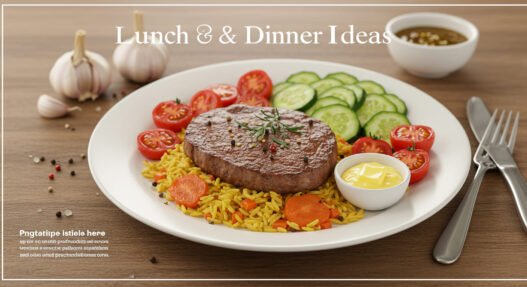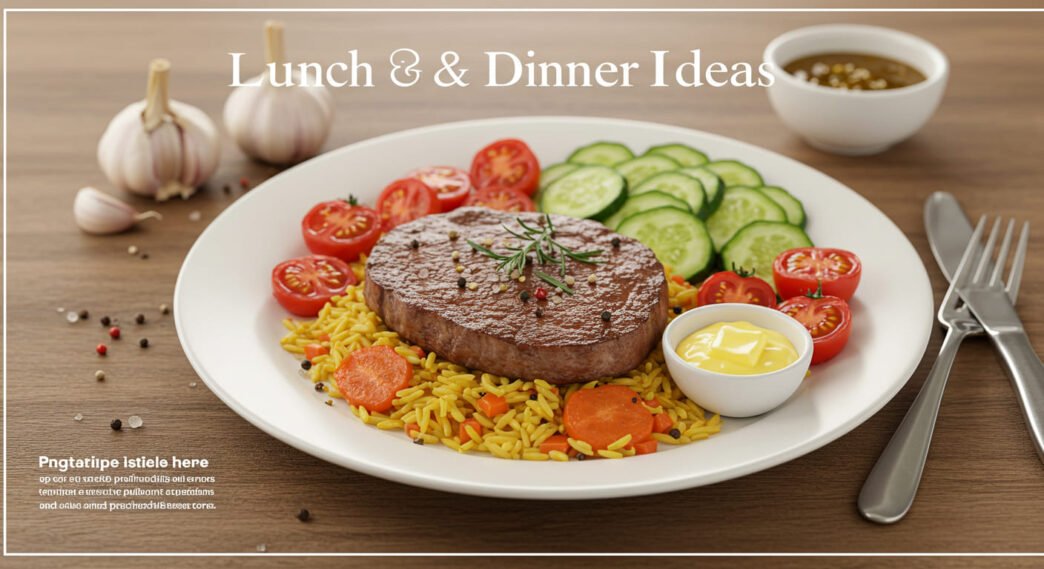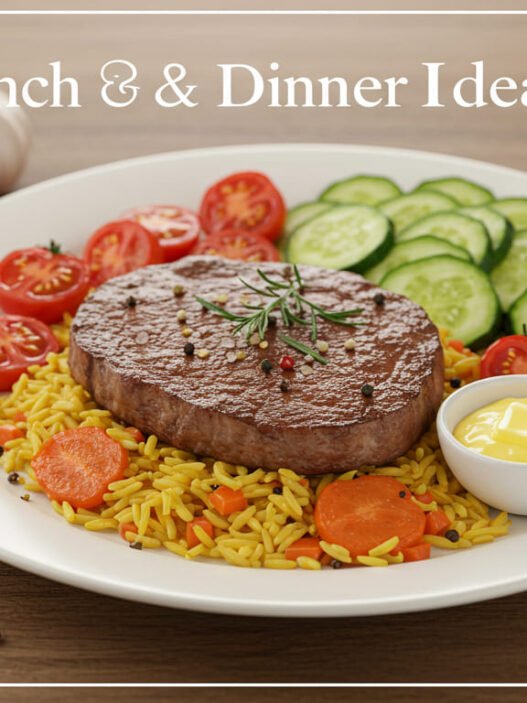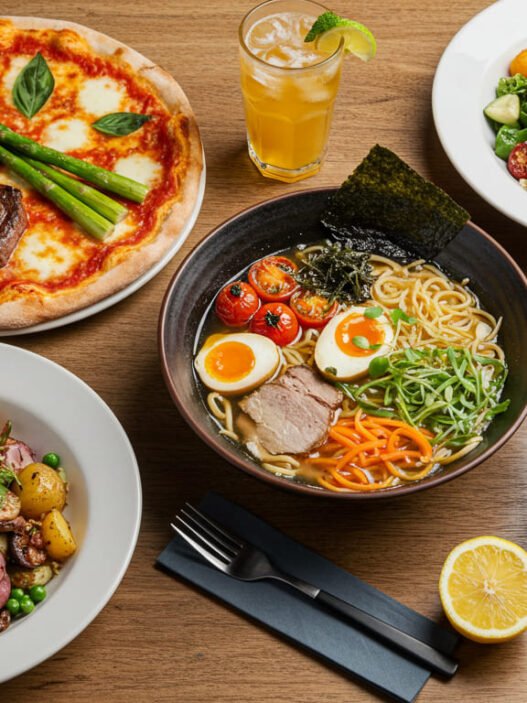Shrimp Fried Rice at Home
There’s something almost magical about a sizzling skillet of fried rice—the way the grains dance in the pan, the aroma that fills the kitchen, and the sheer satisfaction of watching simple ingredients transform into something crave-worthy. I first fell for shrimp fried rice at home when I was a broke graduate student in Chicago, scrolling through Instagram as my stomach growled. One swipe brought me to a video of a chef in Taipei tossing shrimp into a wok like a culinary magician. The dish came together in minutes. I was hooked.
That night, I raided my fridge—leftover jasmine rice, frozen shrimp, scallions, eggs—and fumbled my way through a makeshift version. It wasn’t perfect, but it sparked something. Since then, shrimp fried rice at home has become one of my comfort meals, a go-to recipe that I’ve refined like a good playlist.
Here’s why making your own shrimp fried rice might just ruin takeout for you—in the best way.
The Secret Is in the Rice
You’ve probably heard it before: day-old rice is best. And it’s true. Freshly cooked rice is too soft and steamy, and it tends to get mushy when stir-fried. I like to make extra rice whenever I’m cooking an Asian-inspired dish, knowing I’ve got excellent fried rice potential waiting in the fridge tomorrow.
My go-to is Jasmine rice—fragrant, fluffy, and just sticky enough. I once tried using sticky sushi rice and quickly realized how important the grain texture is in this dish. Cold, dry rice separates easily in the pan, allowing those golden crispy edges to form. That’s the stuff fried rice dreams are made of.
Shrimp: The Protein Upgrade
Shrimp adds a luxurious element to a simple dish, and it cooks incredibly fast. I keep a bag of wild-caught Argentine red shrimp from Trader Joe’s in my freezer for moments just like this. Large or jumbo shrimp work best—just make sure they're peeled and deveined.
A quick marinade with a splash of soy sauce, sesame oil, and a pinch of white pepper makes them sing, and because shrimp cooks in minutes, I usually stir-fry them first and set them aside before tackling the rest of the ingredients. It’s a small extra step that keeps them tender and not overcooked.
Layers of Flavor Without the Fuss
The core flavors of shrimp fried rice are beautifully simple: garlic, ginger, soy sauce, and a bit of sesame oil. From there, it’s pure improv. Have scallions? Toss them in. Leftover roasted carrots or snap peas from last night’s dinner? Even better. The flexibility of this dish is part of its charm.
My own twist? A tiny dollop of Chinese chili crisp right at the end—a nod to my friend Wei, who grew up in Chengdu and insists on adding a fiery kick to everything, even breakfast. It adds complexity and a little heat that dances with the shrimp’s sweetness.
Technique Matters More Than You Think
A blazing-hot skillet or wok is your best friend. You want to hear that satisfying sizzle when the ingredients hit the oil. I use a carbon steel wok that cost me $30 at an Asian market in San Gabriel Valley, and nine years later, it still works like a charm.
The sequence is key: cook the protein, scramble the eggs, sauté your aromatics, and only then toss in the rice. Once everything hits the pan together, stir vigorously but deliberately, letting bits of rice brown slightly before moving them again.
A Dish That Connects Cultures
What I love most about making shrimp fried rice at home is how it connects me to so many food cultures. From Thai street vendors flipping rice in one pan to my Korean-American neighbor who tops hers with kimchi, this dish feels universal. It’s fast food in the best sense—quick, satisfying, and deeply personal.
And let’s be honest, there’s something so triumphant about finishing off a bowl of homemade fried rice and realizing you didn’t have to wait 40 minutes for delivery or question whether you ordered the “extra shrimp” option.
Final Thought
Whether you’re a seasoned home cook or someone just trying to jazz up Tuesday night dinner, shrimp fried rice at home is a dish that delivers on flavor, flexibility, and feel-good vibes. For me, it’s more than just a recipe—it’s kitchen therapy, a weeknight win, and a way to bring a bit of flavor-packed joy into everyday life.

